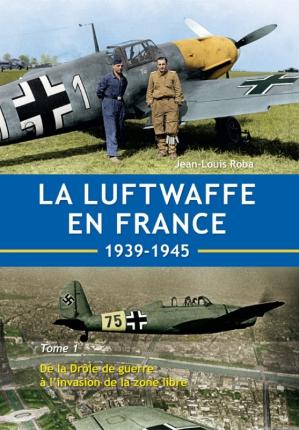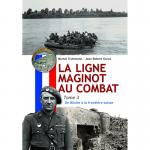In 1939, when it was barely five years old, the German military air force, the Luftwaffe, was launched into what would become World War II. Benefiting from a motivated and competent personnel, a solid command and good apparatus, this still young weapon could nevertheless perform well during the first two years of the war. Forced to settle very widely in France in July 1940 against England, after the refusal of the British government to conclude a separate peace, she fought both day and night on Great Britain before suffering a serious puncture in effective shortly before the invasion of the USSR in June 1941. Now reduced to the minimum in France, the Luftwaffe would however, with the help of a few "shock" units, continue to hold the RAF high. , both during the “Non Stop Offensive” at the end of 1941 and during the Canadian landing attempt at Dieppe in August 1942.
In November 1942, the Allied landing in North Africa would force the Wehrmacht to occupy the free zone while ensuring the air defense of the south of France. It was then that the shortage of units and men was going to be clearly felt and, from that date, the command of the Luftwaffe based in France had to juggle with the meager units at its disposal.
The Luftwaffe was not limited to only air detachments. In France were also present units of DCA (Flak), parachutists (Fallschirmjäger), aerodrome personnel (Fliegerhorst), signals (Nachrichten), etc.
It is their story that is told in this book illustrated with nearly 600 photos, most of them unpublished.






